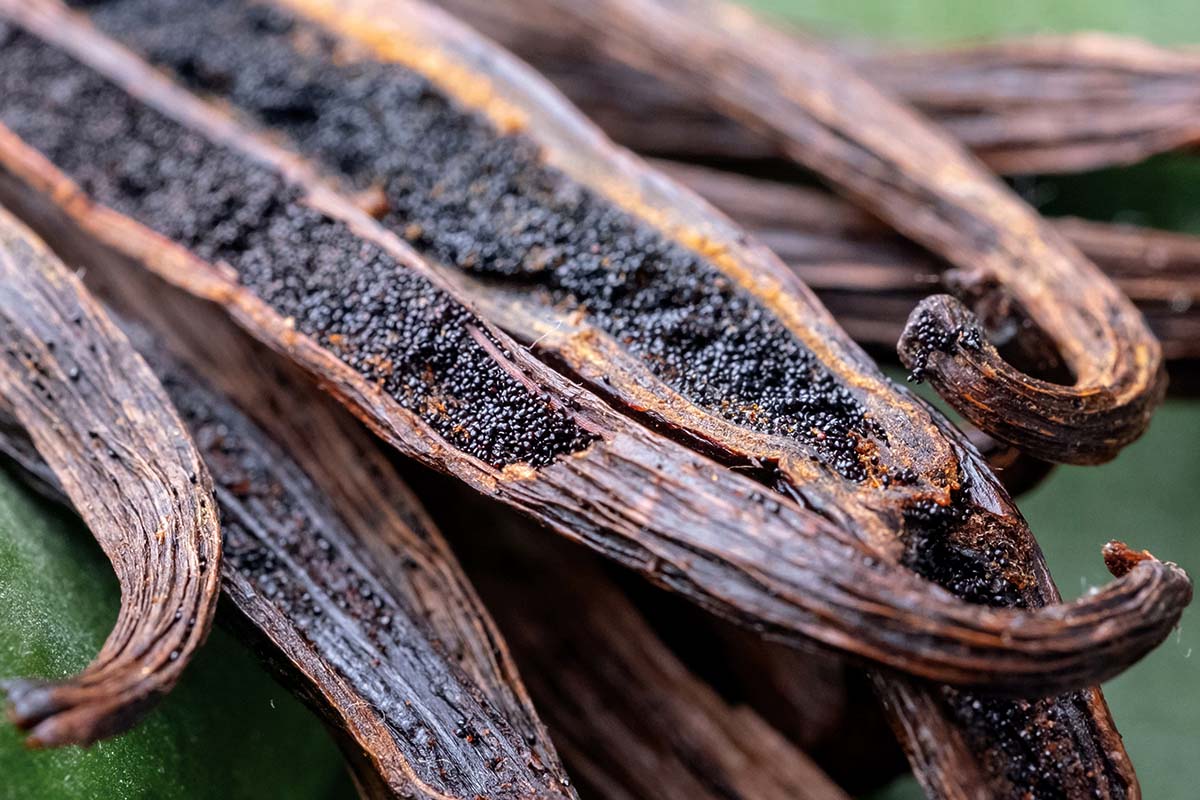

Vanilla is arguably our culinary team’s favorite ingredient, after matcha. When we first tasted vanilla from LAFAZA, we were immediately smitten with its incredible fragrance and the company’s inspiring mission.
The LAFAZA Story
The LAFAZA story begins in 2005, as co-founders Sarah Osterhoudt and Nathaniel Delafield volunteered on a Peace Corps mission to update infrastructure in a remote vanilla growing area of Madagascar. At the time, the vanilla market had recently crashed and prices were down over 90% from previous years. Farmers were unable to connect with international markets, and even local export markets had to be accessed through multiple intermediaries offering below-market prices. LAFAZA was born from a desire to expand upon Sarah and Nathaniel’s Peace Corps work and create a direct-trade model based on fair trade principles to connect local cooperatives in Madagascar with gourmet markets in the U.S. and Worldwide. The company got their start when co-founder James Delafield entered a vanilla bean sample into a blind test of premium ingredients by a major Bay Area chocolatier and panel of experts. LAFAZA’s sample was selected as the top choice among vanillas from around the world.

Today, LAFAZA sources the highest quality Madagascar vanilla from dozens of farmers while staying committed to three founding principles: to create sustainable, direct supply chains that protect the environment; to follow fair trade practices that support farmers’ livelihoods; and to only offer the highest quality natural products to their customers. Through investments into community infrastructure, education, and skills training, these direct partnerships ensure farmers are supported beyond the growing and harvesting seasons.
The 101 of Vanilla Growing and Production
It is commonly believed that the Totonac people of modern-day eastern Mexico were the first to cultivate vanilla during the reign of the Aztec Empire. Today, most vanilla is grown in Madagascar, Tahiti, and the Caribbean, where the climate is hot and humid. The farmers who grow vanilla for LAFAZA use traditional agroforestry practices, meaning vanilla orchids are planted with numerous other crop plants mimicking, and therefore protecting, rainforest biodiversity.

Vanilla production is no easy task. For a vanilla orchid to produce pods reliably, every flower has to be hand-pollinated during a 12-hour window while the orchid is in bloom. Over the next six months, the vanilla beans grow and mature. Each pod reaches maturity at a different time, making harvesting an equally labor-intensive process. Once harvested, the beans go through a killing step to halt growth by heating or freezing. Afterwards, the vanilla is sweated: pods are stacked and covered with insulated cloth to create a humid and warm environment. Following about ten days of sweating, the pods are dried and conditioned. Conditioning is the last step. In closed boxes, vanilla develops its final, intoxicating flavor and scent.

LAFAZA at Matchaful
If you have been coming to Matchaful for a while you know how much our culinary team enjoys vanilla; it’s featured in so many of our products. Learning about the care and respect LAFAZA applies to their process makes us love it that much more. We hope you can stop by one of our cafés to try our signature favorites, such as the Matchaful Vanilla Zen Matcha Latte and our seasonal Vanilla Spice Mousse—both now proudly made with LAFAZA vanilla.
